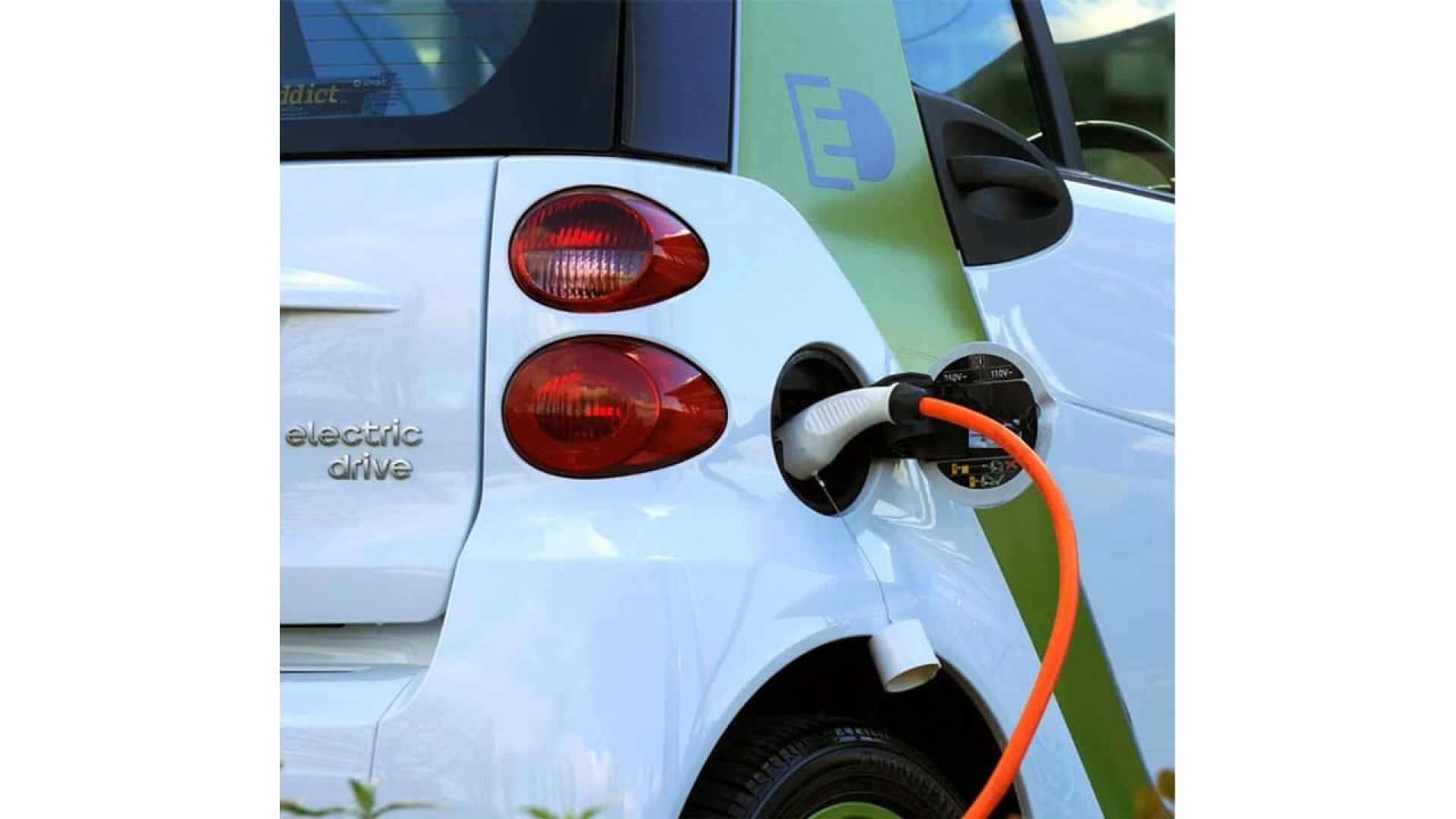Better handling the load of charging
Smart grid solution GridEye makes the impact of electromobility transparent. An example with how the DSO of Mainz in Germany is handling the load of charging.
Electromobility has received a powerful boost in many countries. This trend can also be observed in Mainz: Mainzer Netze GmbH, the grid operator of the city, is informed about quite a few new charging points month after month. “But not every wallbox that is reported means additional consumption immediately,” knows Tobias Stahn, who works for the grid operator. “New charging points are often implemented in the underground car parks of new buildings in order to offer potential e-car drivers the right infrastructure from the beginning on.” This makes it all the more important to be able to assess the impact of electromobility well.
Digitalisation started two years ago
To this end, Mainzer Netze purchased the GridEye smart grid solution from depsys about two years ago, a “digital toolbox” for optimising electricity distribution grids. The solution supports distribution grid operators in planning, operating, monitoring and analysing and enables the automation and optimisation of the grid without operator intervention.
The GridEye field devices installed in the grid deliver precise measured values and usually send them via the mobile network to a central server, the GridEye Manager. In the case of Mainzer Netze, however, an existing powerline solution is used to transport the information. The GridEye software makes the transmitted data available to the users.
The Mainzer Netze uses GridEye software to monitor the network status, to analyse the data and power quality. So far, 35 measuring devices have been purchased, which are primarily used in the city centre. “We chose this area because the city of Mainz had planned a pilot quarter for electromobility there, as part of the Green City Master Plan, and we wanted to gather experience about the capacity reserves in an inner-city grid,” argues Stahn. But the inner city is also interesting in terms of e-mobility, as it offers several public charging options for electric vehicles. The Mainzer Netze would like to find out how much charging in the inner city and at wallboxes affects the network utilisation and where it could become tight.
GridEye already enables a better assessment of the coming load. Stahn:
In the case of wallboxes or charging stations, we assume a simultaneity factor, because it is unlikely that everyone will connect their electric vehicle to the charging point at the same time. We can better assess whether the assumption is correct with the help of measurements in the network.”
Health Check from depsys uncovers trends
The quarterly Health Check produced by depsys is also helpful to the people in Mainz. It contains visualisations of the statistical evaluation over the three-month period, for the voltage behaviour at the monitored transformers and cable distribution cabinets, and also shows the utilisation of these assets over time. In this way, the minimum, maximum and average utilisation within a quarter in the measured grid region can be quickly read off.
Since some trends only become visible after months or years, the Mainzer Netze team is glad to have invested in the smart grid solution early on. ” In this way, we can already gain experience from the 35 devices and their data, which will benefit us in many ways in the course of the energy transition.” says Stahn.

